Table of Contents
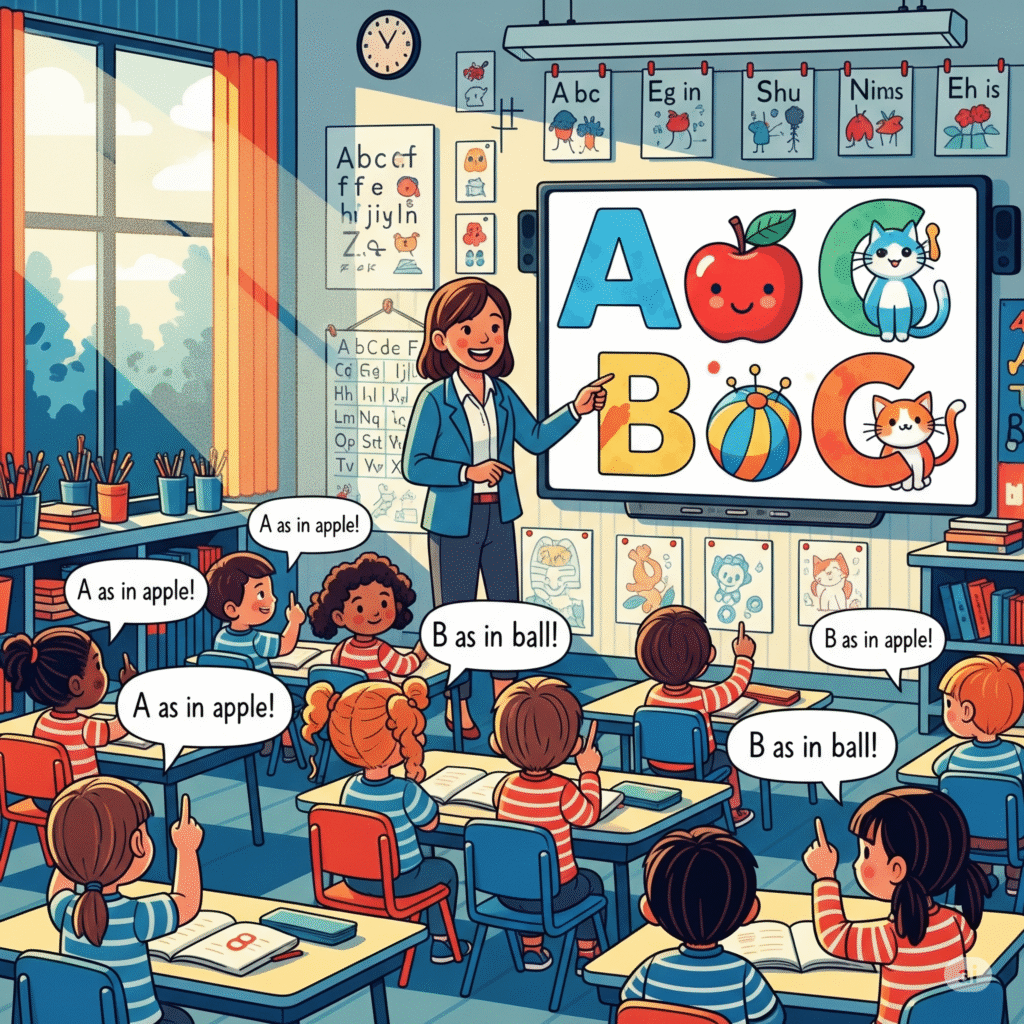
When a child enters Class 1, the foundation of English learning goes beyond simply memorizing letters A to Z. The real skill lies in recognizing the alphabet sounds and connecting them with words. This ability is known as phonemic awareness, and it plays a crucial role in shaping reading, spelling, and pronunciation skills.
This blog explains the importance of phonemic awareness, the step-by-step process schools follow to teach alphabet sounds, how parents can support learning at home, and how Focus Fun games make this process interactive and effective.
What is Phonemic Awareness?
Phonemic awareness is the ability to hear and recognize the sounds within spoken words. Unlike memorizing the names of letters, children learn how each letter actually sounds.
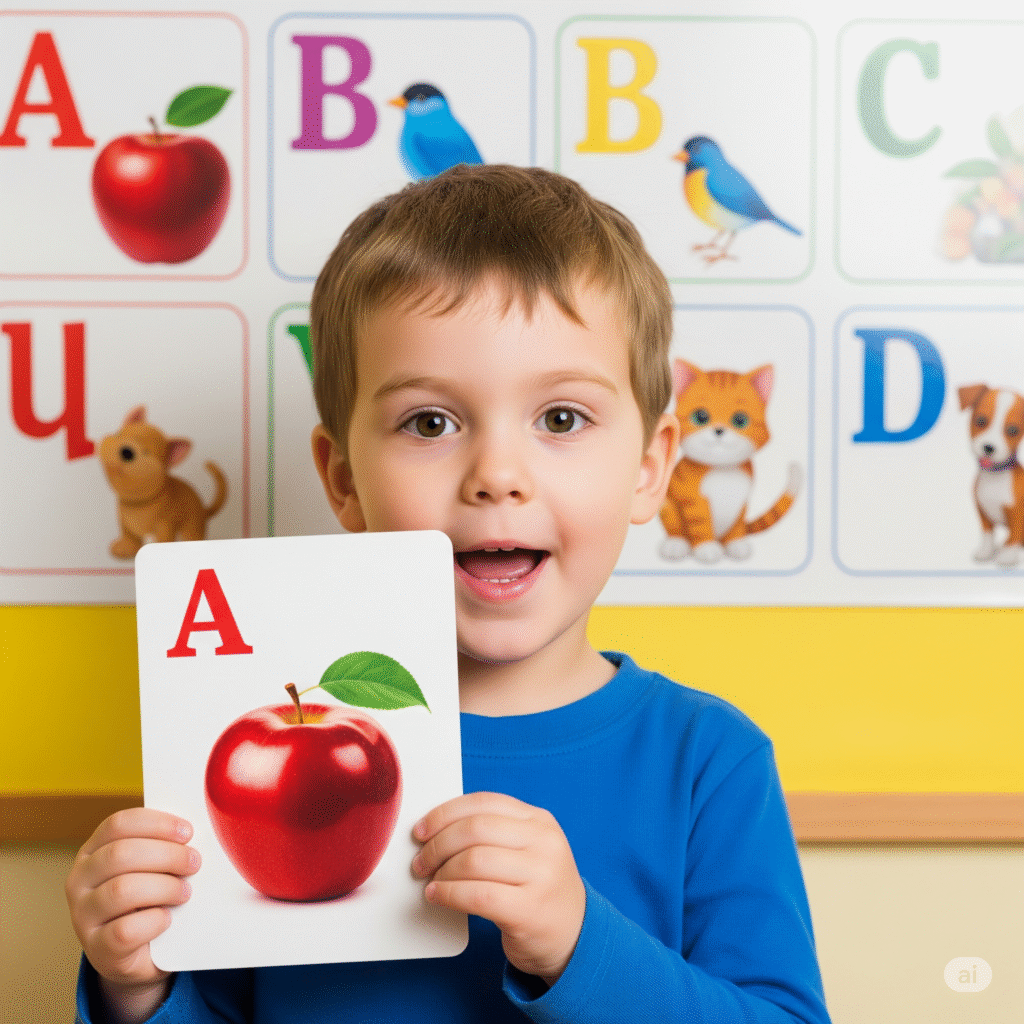
Examples:
- A = /æ/ as in apple
- B = /b/ as in ball
- C = /k/ as in cat, or /s/ as in city
Without phonemic awareness, children struggle to pronounce new words or spell them correctly. With it, they can decode unfamiliar words and gain confidence in reading.
Why Are Alphabet Sounds Important in Class 1?
Children in Class 1 are at the stage where they move from recognizing letters to building reading fluency. Alphabet sounds form the bridge between letters and words.
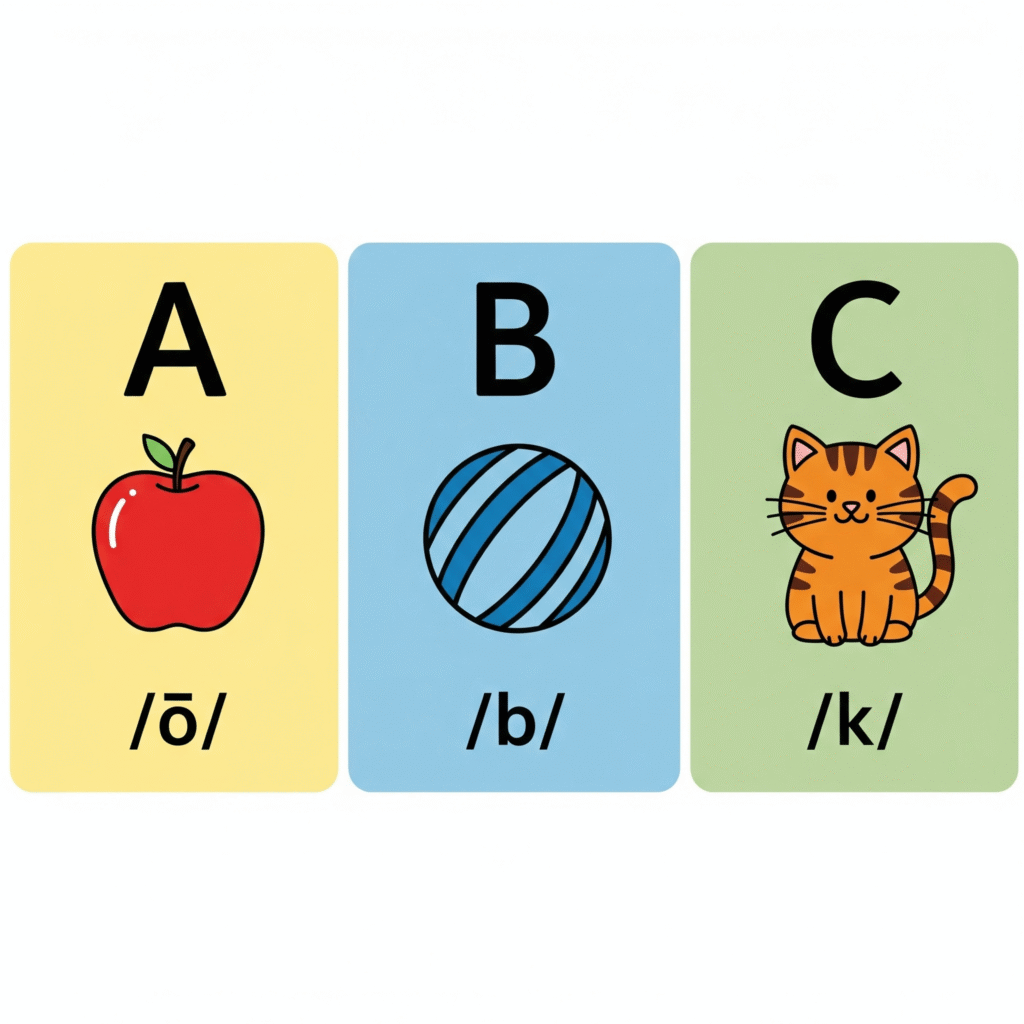
Key benefits include:
- Correct Pronunciation – Children learn to break down words into sounds, such as c–a–t for cat.
- Strong Spelling Base – Understanding sounds makes spelling easier.
- Reading Confidence – Children can attempt new words independently.
- Better Literacy Development – Research shows that children who master phonics early achieve higher reading fluency.
How Class 1 Kids Learn Alphabet Sounds Step by Step
1. Visual and Sound Connection
Teachers use flashcards with pictures to connect letters to sounds. For example, showing an apple and saying, “This is Apple. A says /æ/.” Children repeat until the association becomes natural.
2. Mouth Movements and Actions
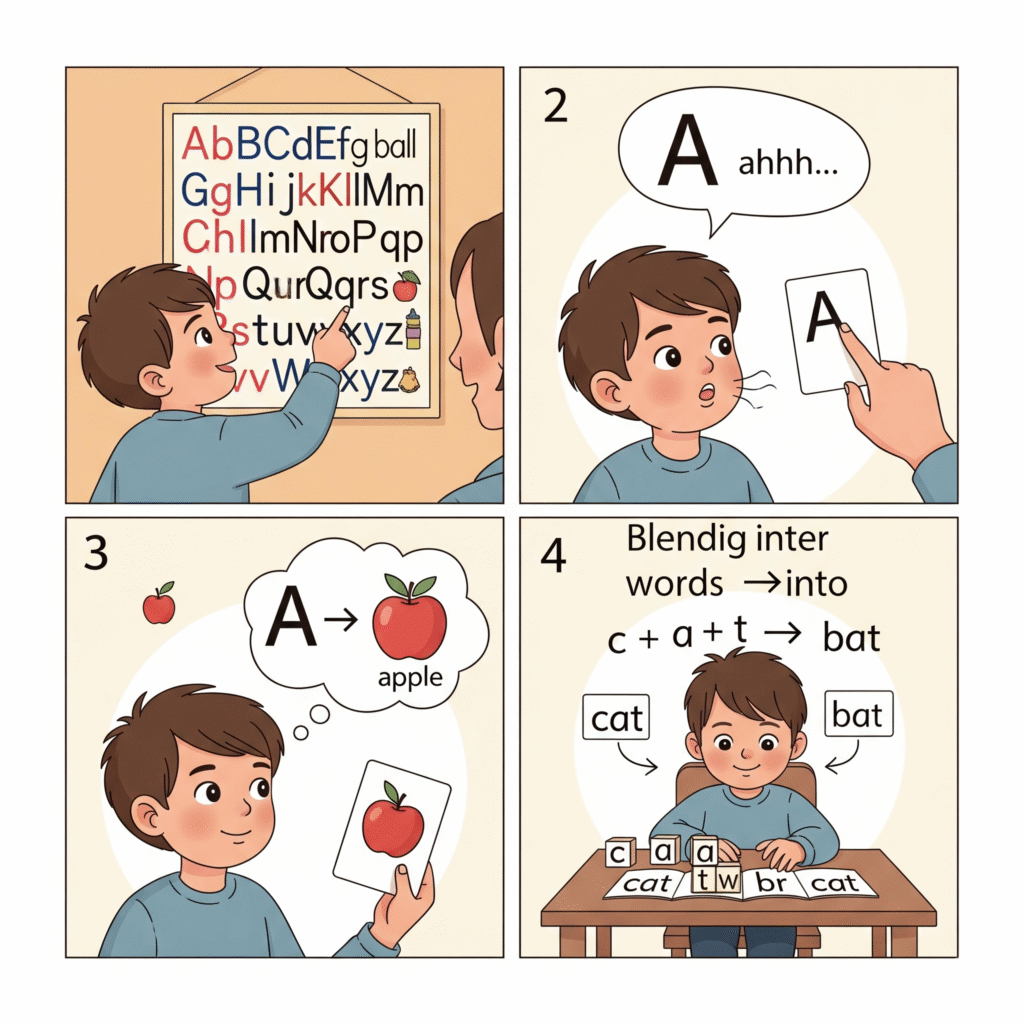
Children are shown how their mouth moves for different sounds. For A, the mouth opens wide, while for B, the lips press together before releasing a /b/ sound.
3. Blending and Segmenting
Blending combines sounds to form words (c–a–t = cat), while segmenting breaks words into sounds (sun = /s/ /u/ /n/). This develops reading and spelling simultaneously.
4. Practice with CVC Words
Children start with three-letter words such as cat, dog, pen, hat. Changing vowels helps them see how sounds alter meaning (cat → cot → cut).
5. Sight Words
Certain words such as the, was, said do not follow phonics rules. These are introduced as sight words that children memorize through repetition.
How Focus Fun Games Support Alphabet Sounds
Traditional repetition often makes phonics boring for children. Focus Fun integrates phonemic awareness into games, turning learning into an enjoyable experience.
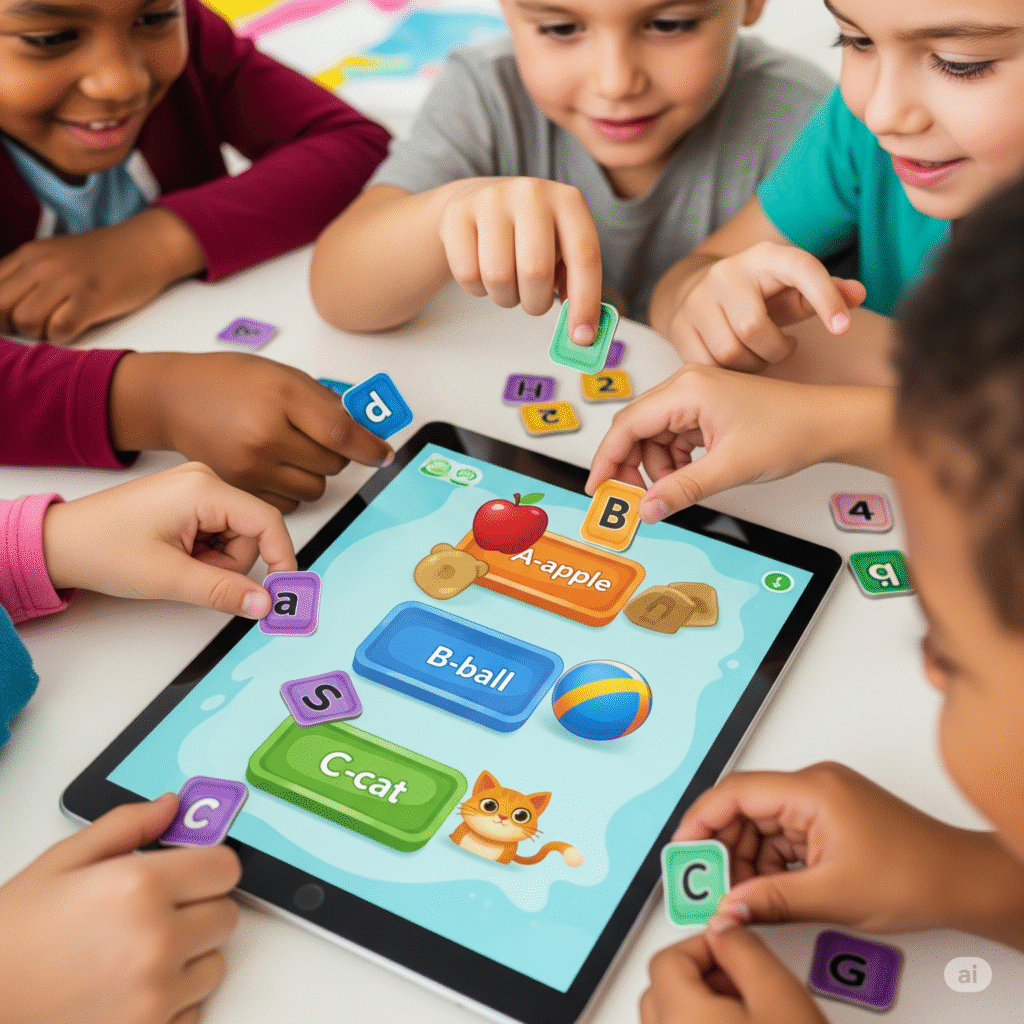
Memory Game
Cards display letters on one side and matching pictures on the other. Children flip to find pairs such as A–Apple. This reinforces letter–sound–word connections.
Connect Game
Letters and pictures are displayed on opposite sides. Children connect pairs such as B–Ball or C–Cat, strengthening recognition.
Quiz Game
Children answer questions such as “Which word starts with /b/?” and choose between options like Cat, Ball, Dog. This improves listening and sound application.
Shape Drag and Drop
Words are placed on screen, and children drag only those that begin with a particular sound, such as apple, ant, axe for A. This builds sorting and identification skills.
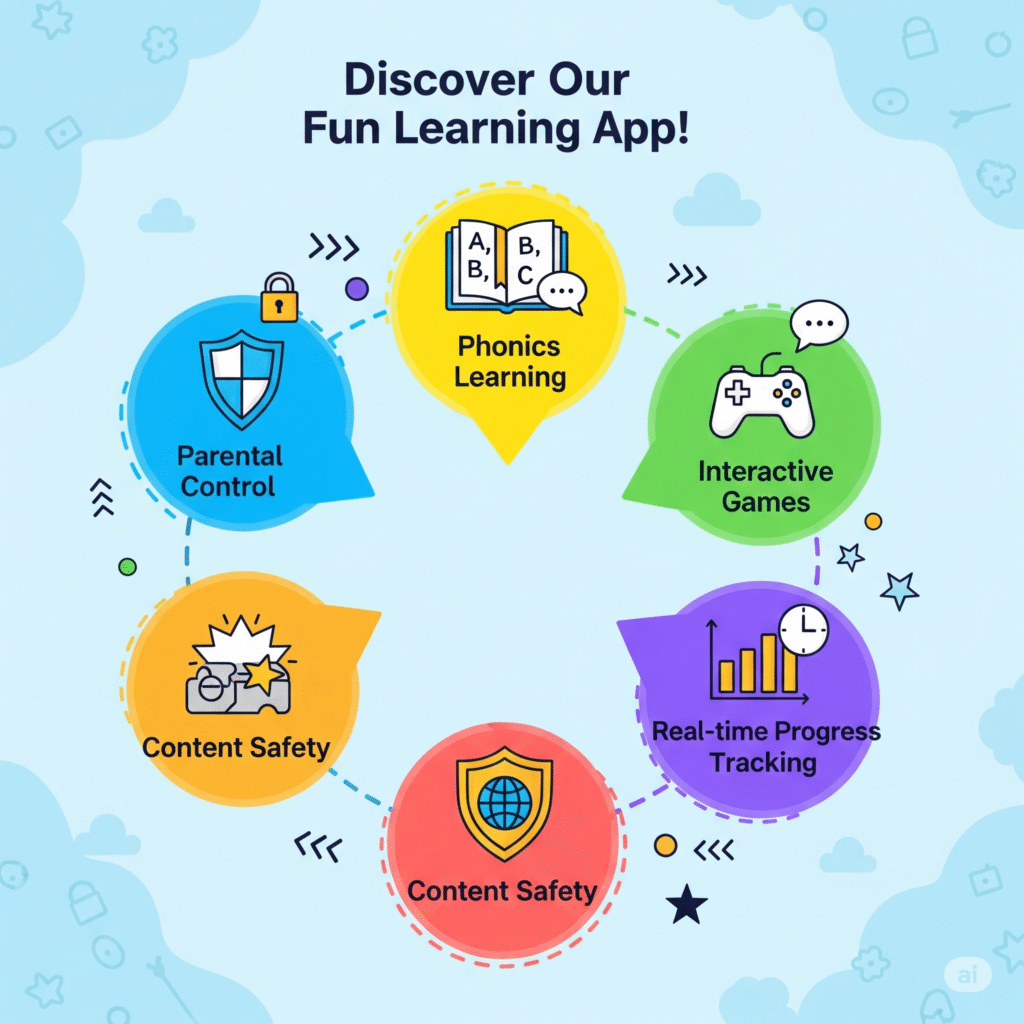
Benefits of Game-Based Phonics Learning
- Multi-sensory Learning – Children see, hear, speak, and play, engaging all senses.
- Better Retention – Play-based repetition moves knowledge into long-term memory.
- Engagement – Games capture attention better than worksheets.
- Confidence Building – Correct answers in games motivate children to keep practicing.
Alphabet sounds are the foundation of phonemic awareness, and mastering them in Class 1 sets the stage for strong reading and spelling skills. Instead of relying only on rote methods, combining phonics lessons with interactive Focus Fun games makes learning natural, enjoyable, and effective.
Children develop not only the ability to recognize sounds but also the confidence to read fluently and explore new words independently.
FAQ
What is phonemic awareness?

Phonemic awareness is the ability to hear, identify, and manipulate individual sounds (phonemes) in spoken words.
Why is phonemic awareness important in Class 1?
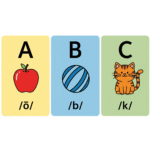
It helps children connect sounds to letters, which is the foundation of reading and spelling.
How can parents teach phonemic awareness at home?

Through rhymes, flashcards, sound games, and apps like Focus Fun that combine play with learning.
What is sound recognition in early reading?
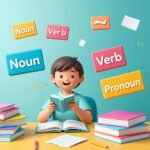
Sound recognition helps children identify correct sounds of alphabets, which improves reading fluency.
How does early reading skill development affect Class 1 students?
Early reading skills increase vocabulary, comprehension, and confidence in learning.
Which apps support alphabet sound learning for kids?
Apps like Focus Fun provide interactive games that teach kids alphabet sound learning in a playful way.
Why is foundational literacy important at the primary level?
Foundational literacy ensures that kids can decode words, understand meanings, and prepare for advanced reading.
Can interactive games improve early sound learning?
Yes, interactive games create a strong connection between sound and meaning, helping kids remember letters faster.
How can parents support children in early sound recognition?
Parents can read aloud, encourage children to repeat sounds, and use simple online activities to boost early sound recognition.
